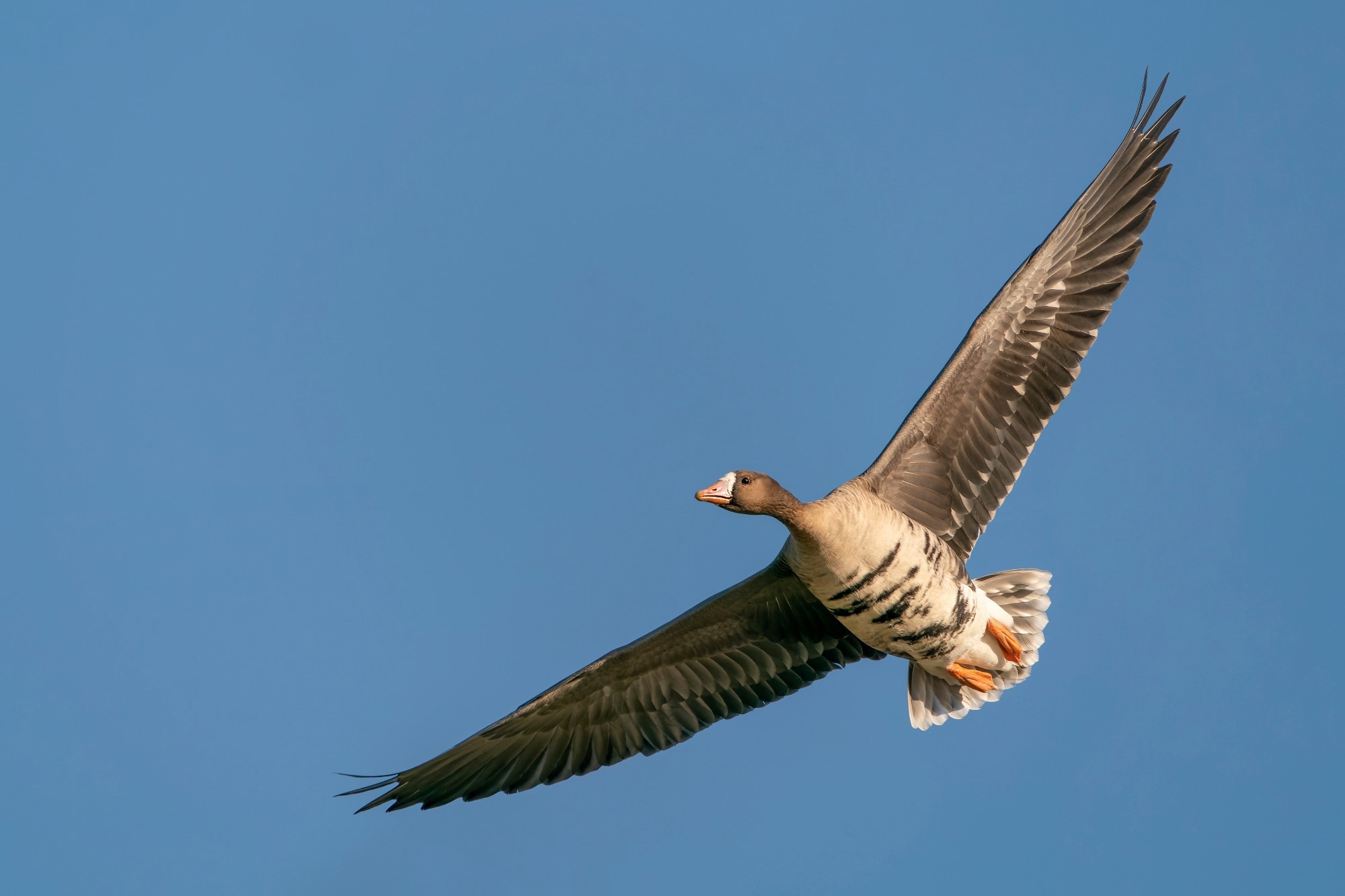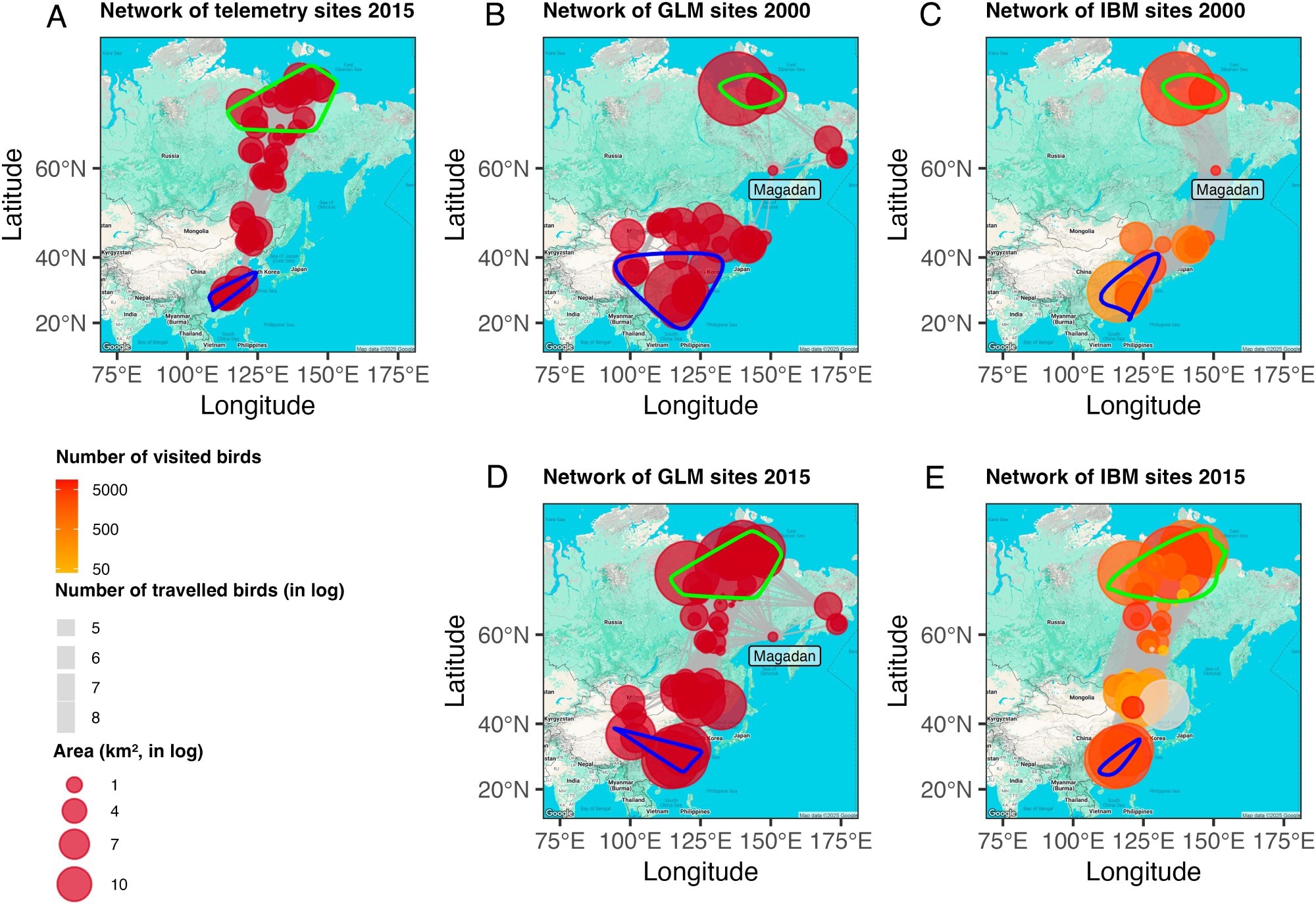A new simulation shows that environmental changes across Asia’s major bird migration route could accelerate viral evolution and increase the risk of dangerous flu strains emerging.
 Study: Landscape changes elevate the risk of avian influenza virus diversification and emergence in the East Asian–Australasian Flyway. Image Credit: Albert Beukhof / Shutterstock
Study: Landscape changes elevate the risk of avian influenza virus diversification and emergence in the East Asian–Australasian Flyway. Image Credit: Albert Beukhof / Shutterstock
A recent study in the Proceedings of the National Academy of Sciences investigated the impact of landscape changes in the East Asian–Australasian Flyway on migratory waterfowl distribution and their interaction with poultry, influencing the evolution of AIV.
Avian influenza virus: Emergence and evolution
Highly pathogenic avian influenza virus (HPAIV) A/H5N1 was first detected in 1996, infecting domestic poultry. Subsequently, it caused severe outbreaks affecting the poultry industry and wild bird populations. Over time, several new HPAIV H5 subtypes have appeared, including the recent discovery of H5N1.
H5N1 was found to have the potential to transmit across new geographic regions and hosts, including dairy cattle, which enhanced global concern for wildlife, agriculture, and public health. A newly emerged H5N1 subtype with improved virus adaptability enables rapid transmission across wider host groups.
Although highly pathogenic AIV strains mostly arise from specific gene mutations, such as polybasic cleavage site insertions in the HA gene, genetic reassortment may also contribute to genetic diversity. A viral strain with high genetic diversity has a higher risk of becoming pathogenic under favorable ecological conditions, and the study used reassortment as a key indicator of such conditions.
Importantly, the study used reassortment incidence as a proxy, not a direct predictor of potential viral emergence, noting that actual pathogenicity requires additional mutations. Genetic reassortment is a crucial mechanism associated with the exchange of genetic information between coinfecting subtypes within a host.
Migratory waterfowl influence the evolution of avian influenza viruses
In 2002–2003, researchers isolated the first HPAIV from wild waterfowl in the East Asian–Australasian Flyway (EAAF). Initially, the HPAIV infection in wild waterfowl was regarded as a spillover from domestic poultry. Every year, millions of waterfowl migrate from northern breeding grounds in Siberia and Mongolia to wintering grounds in the Yangtze River Basin in southeastern China.
Seasonal migration facilitates the long-distance spread of viruses, which ultimately increases local viral diversity and the risk of coinfection. This phenomenon also elevates the risk of new virus emergence. Several factors determine waterfowl distribution during migration, including landscape features, particularly wetlands, surface water availability, and the presence of rice paddies.
Recent studies have revealed climate- and human-driven changes in the EAAF landscape, such as agricultural abandonment in Russia and rice paddy expansion in northern China, which significantly impact waterfowl distribution across the flyway. It is important to understand how these shifts have influenced AIV dynamics.
 Migration networks generated from telemetry tracking, GLM predictions, and IBM simulations for 2000 and 2015 scenarios. (A) Network of sites from dBBMM using 2015 telemetry tracking data; (B) Network of sites predicted by GLM for 2000; (C) Network based on sites simulated by IBM for 2000; (D) Network of sites predicted by GLM for 2015; (E) Network based on sites simulated by IBM for 2015. Links in networks A, B, and D use migration step length, whereas links in networks C and E use simulated IBM movement trajectories. Green and blue contours show breeding and wintering ground ranges, respectively. In networks C and E, node color indicates the number of visited birds, and link width indicates the number of traveling birds.
Migration networks generated from telemetry tracking, GLM predictions, and IBM simulations for 2000 and 2015 scenarios. (A) Network of sites from dBBMM using 2015 telemetry tracking data; (B) Network of sites predicted by GLM for 2000; (C) Network based on sites simulated by IBM for 2000; (D) Network of sites predicted by GLM for 2015; (E) Network based on sites simulated by IBM for 2015. Links in networks A, B, and D use migration step length, whereas links in networks C and E use simulated IBM movement trajectories. Green and blue contours show breeding and wintering ground ranges, respectively. In networks C and E, node color indicates the number of visited birds, and link width indicates the number of traveling birds.
About the study
The current study investigated how landscape changes in the EAAF between 2000 and 2015 affected migratory waterfowl distribution, which may enhance the potential risk of novel subtype emergence.
Researchers combined telemetry tracking data from a migratory waterfowl host, eBird data, Greater White-fronted goose (Anser albifrons, GWFG), poultry distribution data, and landscape data to develop an individual-based model (IBM). While GWFG interactions with poultry provided a baseline, the single-species focus likely underestimates overall transmission risks dominated by dabbling ducks and gulls.
This model was used to simulate waterfowl movements and cross-species transmission at the wild bird–poultry interface. Furthermore, this model combines a migratory flow network model with compartment models. In a migratory flow network model, the edges represent potential movement paths and the nodes represent sites.
The model simulates infection dynamics within wild and poultry populations. It also predicts spillovers from wild birds to poultry and reassortments in poultry. The movement of the birds was determined through their habitat and distance. Simulations between 2000 and 2015 were compared to assess how landscape change impacts the risk of virus emergence through altering bird migration.
Study findings
A total of 50 sites, including 11 breeding, 7 wintering, and 32 stopover sites, were identified from telemetry tracking data between 2014 and 2016. A generalized linear model (GLM) was developed to predict suitable sites between 2000 and 2015, which indicated an increased number of stopover sites in Russia and a decreased number in Magadan. However, a contrasting trend in breeding and wintering sites was observed.
Based on 2015 data, IBM simulations indicated that enhanced connectivity and habitat shifted birds from heavy reliance on the poorly connected Magadan site to a broader network across Russia and the borders of Mongolia and northeast China. Wetland and rice paddy were found to be the most important factors in shaping GWFG distribution, particularly in northeast China.
Increased breeding sites from 2000 to 2015 delayed the virus exposure and transmission at stopovers. However, it resulted in higher infection prevalence rates, particularly during stopover and winter arrival in 2015. Elevated infection prevalence rates accelerated the risk of viral transmission from stopover to wintering sites and increased cross-species spread by enhancing environmental viral loads at wintering sites.
Low pathogenic avian influenza viruses (LPAIV) were identified to be the leading contributor to infections in wild birds, causing 57% of infections in 2015 and 34% in 2000. Increased viral loads shed were associated with both LPAIV in wild birds and poultry. The cross-species transmission rate strongly increased reassortment, especially in the 2015 scenario. The 1,593% increase in reassortment served as the study’s key proxy for elevated emergence risk. The study findings support the fact that altered landscape conditions in 2015 increased the role of poultry in promoting LPAIV circulation.
The simulation model indicated that genetic reassortment risk enhanced both the magnitude and spatial extent between 2000 and 2015, particularly in northeastern China, the borders with Mongolia and Russia, and from the Yangtze to the Yellow River Basin.
Conclusions
Landscape changes between 2000 and 2015 were found to reshape migratory waterfowl distribution in EAAF. This triggered an increase in interactions with poultry that ultimately enhances the risk of viral diversification and subtype emergence. The current study underscored the role of environmental changes in AIV emergence and pattern.
Authors emphasized the need for an interdisciplinary approach that integrates landscape dynamics with viral evolution studies through combining ecology, virology, and landscape modeling to predict AIV dynamics and determine high-risk zones accurately.
Journal reference:
- Yin, S. et al. (2025) Landscape Changes Elevate the Risk of Avian Influenza Virus Diversification and Emergence in the East Asian–Australasian Flyway. Proceedings of the National Academy of Sciences. 122(34): e2503427122. DOI: 10.1073/pnas.2503427122, https://www.pnas.org/doi/10.1073/pnas.2503427122